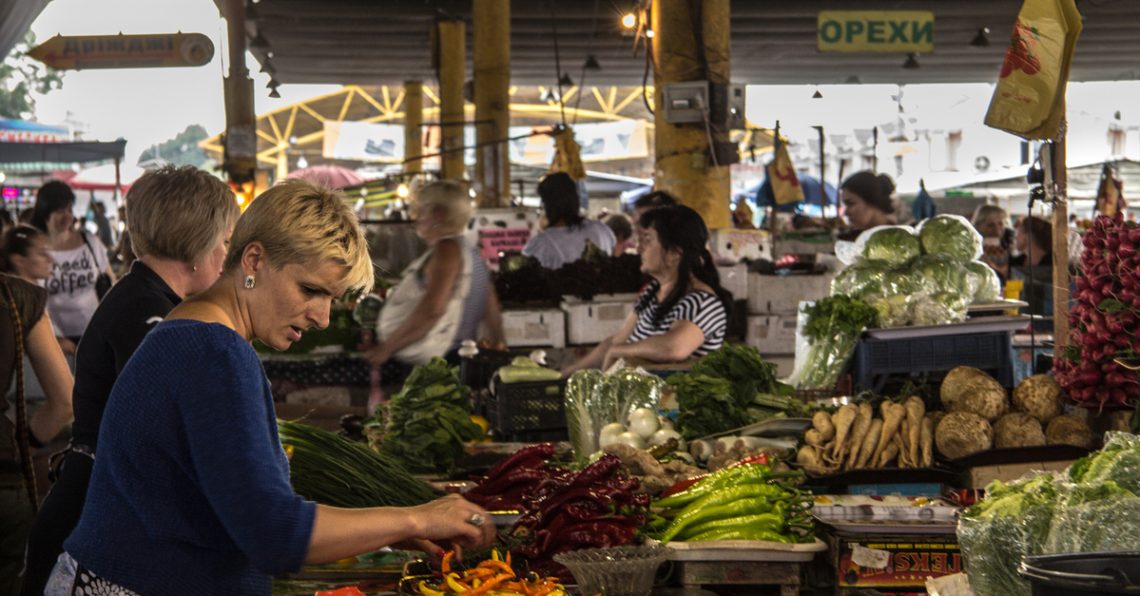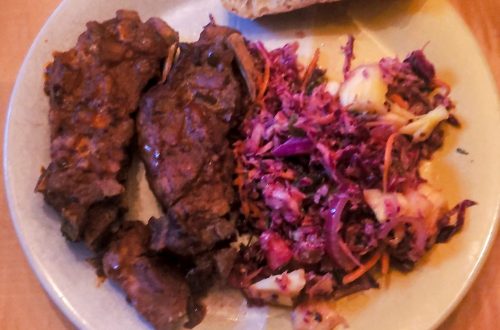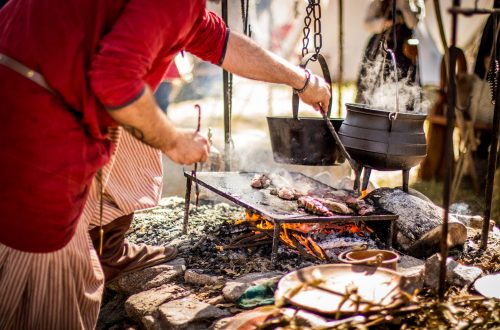
The Fascinating Culinary Odyssey of Odessa
I was recently tempted to add the Ukrainian city of Odessa to my bucket list after reading a wonderful book, Black Sea. Caroline Eden, the author, specializes in travel and food writing and is an expert on that part of the world. Odessa, located some 390 miles across the Black Sea from Istanbul, struck me as an intense mix of history, literature, and food traditions. Shaped by the various peoples who had been drawn to this city, it was Europe’s gateway to the bounties of grain, and the port was the shipping point for the breadbasket of the Ukrainian heartland.
Founded at the site of a fort captured from the Turks in 1789 and bankrolled by Czarina Catherine the Great, Odessa blossomed in 1817 when it gained free port status, allowing the stockpiling of imports without customs duties. The Greeks, the first bakers in the city, were followed by Italians, Jews, and Turks and others along the way. Italians were the first restauranteurs, and spaghetti and meatballs and was the city’s first “national dish.”
A moveable feast
Merchants, bankers, traders, and smugglers led the way. Its open reputation attracted writers and intellectuals to what became “Russia’s Eldorado.” This commercial center soon hosted cafes, bakeries, and restaurants where the likes of Alexander Pushkin could cavort with the wife of the governor while supping on oysters at Cesar Automae. Nikolai Gogol, author of Taras Bulba and Dead Souls lived here in his uncle’s house in 1850. And Anton Chekhov described his favorite routine: taking a young debutante for dinner and to Zembrini’s for ice cream. He wasn’t the only writer drawn to dessert. In his book Innocents Abroad, Mark Twain celebrated a “debauch of ice cream.” While Twain doesn’t say where, Yiddish author Sholem Aleichem cited Twain’s feast at the Café Falconi, Odessa’s leading coffeehouse. Odessa’s literary son was Isaac Babel, whose prose descriptions of food and meals clutter his Odessa Tales short stories. His favorite dishes were scrambled eggs with tomatoes and eggplant caviar “on ice.”
International flavors
Caroline Eden’s book describes her own late arrival in Odessa and her first meal at the hotel conservatory restaurant, where she chose the local platter. What arrived at her table were fried, crispy gobie; rapany (giant sea snails) chopped and cooked in garlic, cream, and white wine and restuffed in its shell; and forshmak, the old-school Yiddish pate of herring and apple. The meal was a reminder that, in the late 1800s, Odessa was home to the second-largest Jewish population in Europe after Warsaw. In 1905, it was the scene of one of the worst Russian pogroms, with 2,500 Jews murdered in rioting. Later, Jews departed prior to World War II; some who remained were killed. After the war, some immigrated to the U.S. and Israel due to poverty and conflict with Russia. But in its heyday, the louche life was reflected in gambling dens, operas to attend, and feasts of non-kosher food such as lobster.
Eden describes a trip to the Privoz Market (shown above), one of the largest bazaars in the former Soviet Union, where she squeezed past tables of smoked sausages, bulbous tomatoes, fish, and dairy offerings. Lunch was at a “kitsch café” featuring a dill-heavy chicken soup with matchstick noodles and a cherry vareniki with Odessan Napoleon cake for dessert. Nights were spent at a café offering latkes and pike caviar together with cruets of apple moonshine and pickled herring, while at the surrounding tables, patrons gossiped about politicians followed by deep belly laughs. Breakfast was a cup of hot broth, pickles, bruschetta with salt sprats (sardines), and a shot of vodka.
A proud heritage
Eden is careful to note that while geopolitics courses through Odessa’s veins, the city is fiercely a part of Ukraine, yet distinct. The majority are proud Ukrainians, but most will tell you that there is only one nationality: “Odessan.” Sadly, I doubt I’ll make it to Odessa soon.
To comment, please click on “Read in Browser” or on the headline to view the blog on the website. You can log in and comment at the end of the blog to share your thoughts and start a discussion.
If you’d like to share the blog, click on the Facebook icon or one of the others. Thanks!





One Comment
Charles Cook Kennedy
Anne’s father came from Odessa.